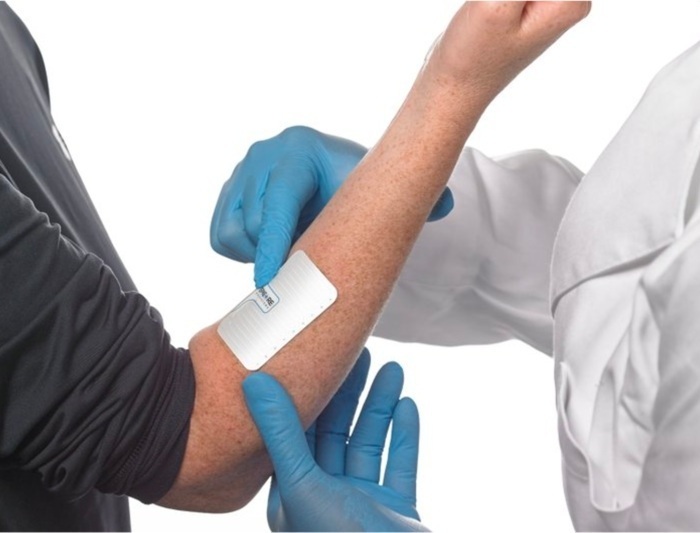Vaginitis Tests Offer Improvements Over Gold Standard Methods
|
By LabMedica International staff writers Posted on 16 Dec 2019 |
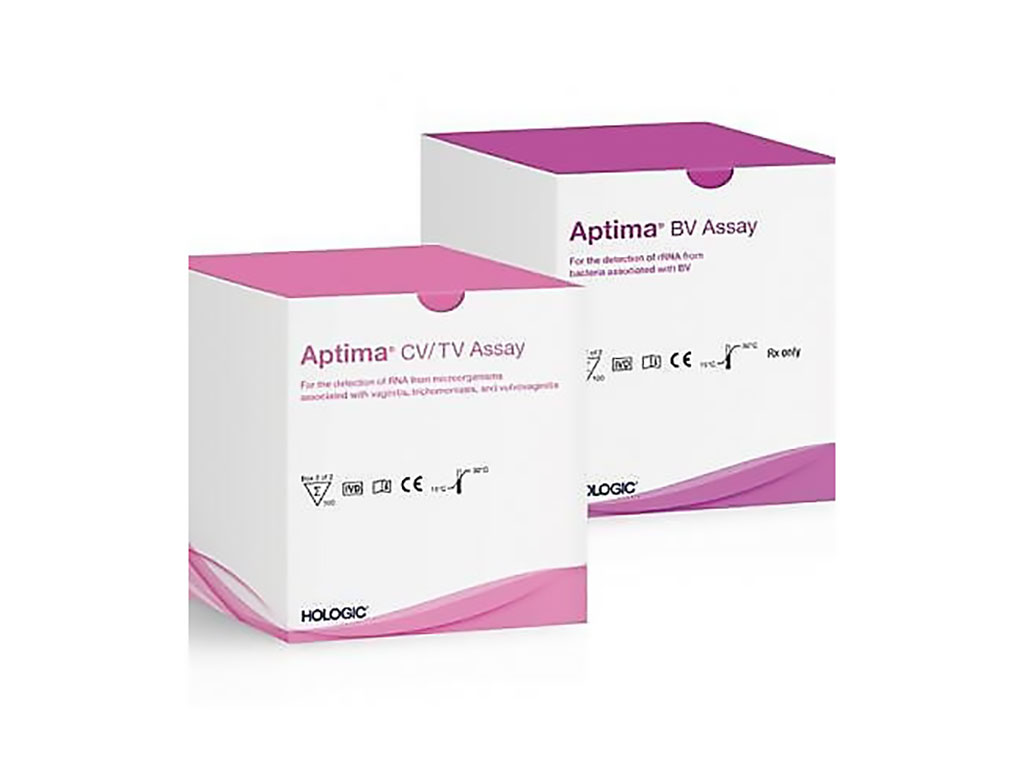
Image: The Aptima BV and Aptima CV/TV assays for the diagnosis of infectious vaginitis (Photo courtesy of Hologic).
Gynecologist visits in the USA are motivated by an inflammation of the vagina called vaginitis. Infectious vaginitis due to bacterial vaginosis (BV), vulvovaginal candidiasis (VVC), and Trichomonas vaginalis accounts for a significant proportion of all gynecologic visits in the USA.
Two molecular diagnostic tests launched earlier this year aim to detect and distinguish three of the primary causes of vaginitis, BV, yeast infection caused by Candida strains, otherwise known as Candida vaginitis (CV), and infection with the protozoan parasite T. vaginalis (TV) have recently shown high accuracy in a published study.
A team of medical microbiologists working with the University of Alabama at Birmingham (Birmingham, AL, USA) conducted a prospective multicenter clinical study to validate the performance of two new in vitro diagnostic transcription-mediated amplification nucleic acid amplification tests (NAAT) for diagnosis of BV, VVC, and trichomoniasis. The trial involved more than 1,400 vaginitis patients at 21 trial sites. Six vaginal swabs, including one self-collected by the patient, were used to determine the accuracy of the two molecular tests, with results for each target of the two new tests compared to gold standard diagnostic testing and clinical evaluations.
Patient- and clinician-collected vaginal swab samples obtained from women with symptoms of vaginitis were tested with the Aptima BV and Aptima CV/TV assays (Hologic, Marlborough, MA, USA). The results of the assays were compared to Nugent score (plus Amsel for intermediate Nugent) for BV, Candida cultures and DNA sequencing for VVC, and a composite of a NAAT and culture for T. vaginalis.
The Aptima BV assay specifically reports positive or negative results for BV based on a mathematical algorithm analysis of ribosomal RNA of Lactobacillus species, Gardnerella vaginalis, and Atopobium vaginae. The Aptima CV/TV detects and differentiates RNA for three targets: a Candida species group that includes C. albicans, C. dubliniensis, C. parapsilosis, C. tropicalis, as well as C. glabrata alone, and T. vaginalis.
The scientists reported that the prevalence of infection was similar for clinician- and patient-collected samples: 49% for BV, 29% for VVC due to Candida species group, 4% for VVC due to C. glabrata, and 10% for T. vaginalis. The BV test has a sensitivity of 95% and a specificity of 90% compared to the reference methods. For the CV/TV test, sensitivity and specificity were 92% and 86%, respectively, for Candida species group, 85% and 99% for C. glabrata, and 97% and 99% for T. vaginalis. Sensitivity and specificity were also similar in the clinician-collected and patient-collected samples. The molecular tests detected more co-infections than the reference methods, 25% of patients versus 20%.
The authors concluded that overall, the investigational assays had higher sensitivity and specificity than clinician's diagnoses and in-clinic assessments, indicating the investigational assays were more predictive of infection than traditional diagnostic methods. These results provide clinical efficacy evidence for two IVD NAATs that can detect the main causes of vaginitis. The study was published online on November 20, 2019 in the Journal of Clinical Microbiology.
Related Links:
University of Alabama at Birmingham
Hologic
Two molecular diagnostic tests launched earlier this year aim to detect and distinguish three of the primary causes of vaginitis, BV, yeast infection caused by Candida strains, otherwise known as Candida vaginitis (CV), and infection with the protozoan parasite T. vaginalis (TV) have recently shown high accuracy in a published study.
A team of medical microbiologists working with the University of Alabama at Birmingham (Birmingham, AL, USA) conducted a prospective multicenter clinical study to validate the performance of two new in vitro diagnostic transcription-mediated amplification nucleic acid amplification tests (NAAT) for diagnosis of BV, VVC, and trichomoniasis. The trial involved more than 1,400 vaginitis patients at 21 trial sites. Six vaginal swabs, including one self-collected by the patient, were used to determine the accuracy of the two molecular tests, with results for each target of the two new tests compared to gold standard diagnostic testing and clinical evaluations.
Patient- and clinician-collected vaginal swab samples obtained from women with symptoms of vaginitis were tested with the Aptima BV and Aptima CV/TV assays (Hologic, Marlborough, MA, USA). The results of the assays were compared to Nugent score (plus Amsel for intermediate Nugent) for BV, Candida cultures and DNA sequencing for VVC, and a composite of a NAAT and culture for T. vaginalis.
The Aptima BV assay specifically reports positive or negative results for BV based on a mathematical algorithm analysis of ribosomal RNA of Lactobacillus species, Gardnerella vaginalis, and Atopobium vaginae. The Aptima CV/TV detects and differentiates RNA for three targets: a Candida species group that includes C. albicans, C. dubliniensis, C. parapsilosis, C. tropicalis, as well as C. glabrata alone, and T. vaginalis.
The scientists reported that the prevalence of infection was similar for clinician- and patient-collected samples: 49% for BV, 29% for VVC due to Candida species group, 4% for VVC due to C. glabrata, and 10% for T. vaginalis. The BV test has a sensitivity of 95% and a specificity of 90% compared to the reference methods. For the CV/TV test, sensitivity and specificity were 92% and 86%, respectively, for Candida species group, 85% and 99% for C. glabrata, and 97% and 99% for T. vaginalis. Sensitivity and specificity were also similar in the clinician-collected and patient-collected samples. The molecular tests detected more co-infections than the reference methods, 25% of patients versus 20%.
The authors concluded that overall, the investigational assays had higher sensitivity and specificity than clinician's diagnoses and in-clinic assessments, indicating the investigational assays were more predictive of infection than traditional diagnostic methods. These results provide clinical efficacy evidence for two IVD NAATs that can detect the main causes of vaginitis. The study was published online on November 20, 2019 in the Journal of Clinical Microbiology.
Related Links:
University of Alabama at Birmingham
Hologic
Latest Technology News
- Coral-Inspired Capsule Samples Hidden Bacteria from Small Intestine
- Rapid Diagnostic Technology Utilizes Breath Samples to Detect Lower Respiratory Tract Infections
- Graphene-Based Sensor Uses Breath Sample to Identify Diabetes and Prediabetes in Minutes
- Wireless Sweat Patch Could Be Used as Diagnostic Test for Cystic Fibrosis
- New Method Advances AI Reliability with Applications in Medical Diagnostics
- Self-Powered Microneedle Patch Collects Biomarker Samples Without Drawing Blood
- Skin Patch Detects Biomarkers in Interstitial Fluid Without Blood Draws
- Handheld Saliva Test Accurately Detects Breast Cancer
- Cutting-Edge AI Algorithms Enable Early Detection of Prostate Cancer
- New Microfluidic System Enables Early Cancer Diagnosis Using Simple Blood Tests
Channels
Clinical Chemistry
view channel
Gold Nanoparticles to Improve Accuracy of Ovarian Cancer Diagnosis
Ovarian cancer is considered one of the deadliest cancers, in part because it rarely shows clear symptoms in its early stages, and diagnosis is often complex. Current approaches make it difficult to accurately... Read more
Simultaneous Cell Isolation Technology Improves Cancer Diagnostic Accuracy
Accurate cancer diagnosis remains a challenge, as liquid biopsy techniques often fail to capture the complexity of tumor biology. Traditional systems for isolating circulating tumor cells (CTCs) vary in... Read moreMolecular Diagnostics
view channel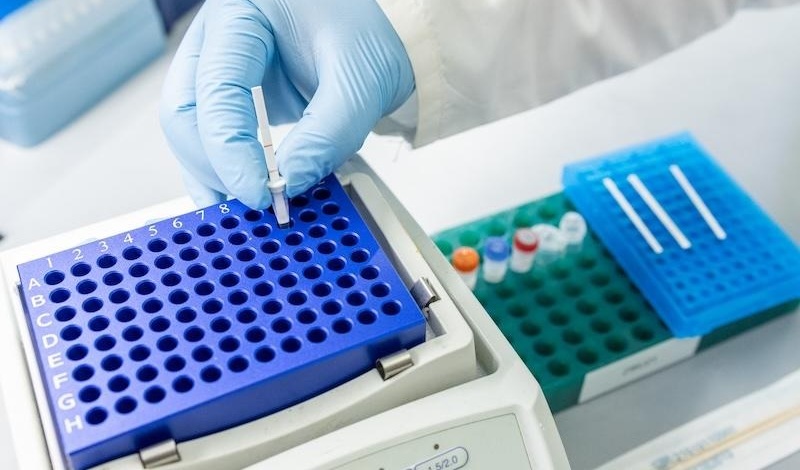
CRISPR-Based Tuberculosis Test Uses Mouth Swab to Simplify Screening
Tuberculosis remains the world’s deadliest infectious disease, with more than 10 million people falling ill annually and about 40% of cases going undiagnosed. Current testing depends on sputum samples,... Read more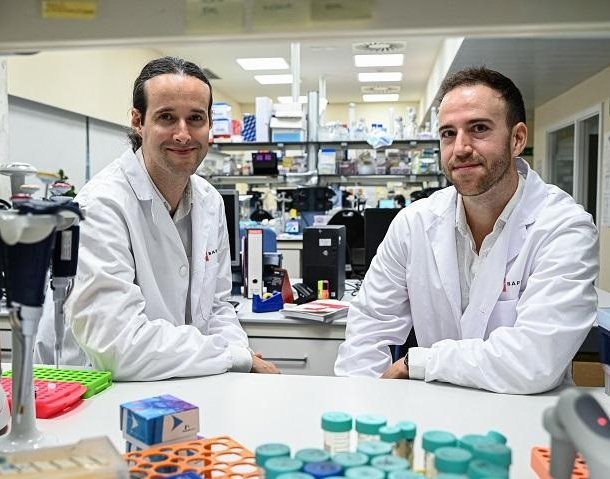
New DNA Methylation-Based Method Predicts Cancer Progression
Cancer often develops silently for years before diagnosis, making it difficult to trace its origins and predict its progression. Traditional approaches to studying cancer evolution have lacked the precision... Read moreHematology
view channel
Pioneering Model Measures Radiation Exposure in Blood for Precise Cancer Treatments
Scientists have long focused on protecting organs near tumors during radiotherapy, but blood — a vital, circulating tissue — has largely been excluded from dose calculations. Each blood cell passing through... Read more
Platelets Could Improve Early and Minimally Invasive Detection of Cancer
Platelets are widely recognized for their role in blood clotting and scab formation, but they also play a crucial role in immune defense by detecting pathogens and recruiting immune cells.... Read more
Portable and Disposable Device Obtains Platelet-Rich Plasma Without Complex Equipment
Platelet-rich plasma (PRP) plays a crucial role in regenerative medicine due to its ability to accelerate healing and repair tissue. However, obtaining PRP traditionally requires expensive centrifugation... Read moreImmunology
view channel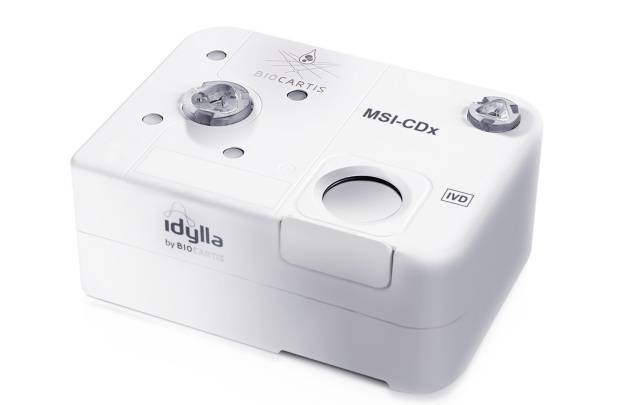
Companion Diagnostic Test for CRC Patients Identifies Eligible Treatment Population
Colorectal cancer remains one of the leading causes of cancer-related deaths worldwide, and identifying which patients will benefit most from targeted immunotherapies is critical. Existing diagnostic methods... Read more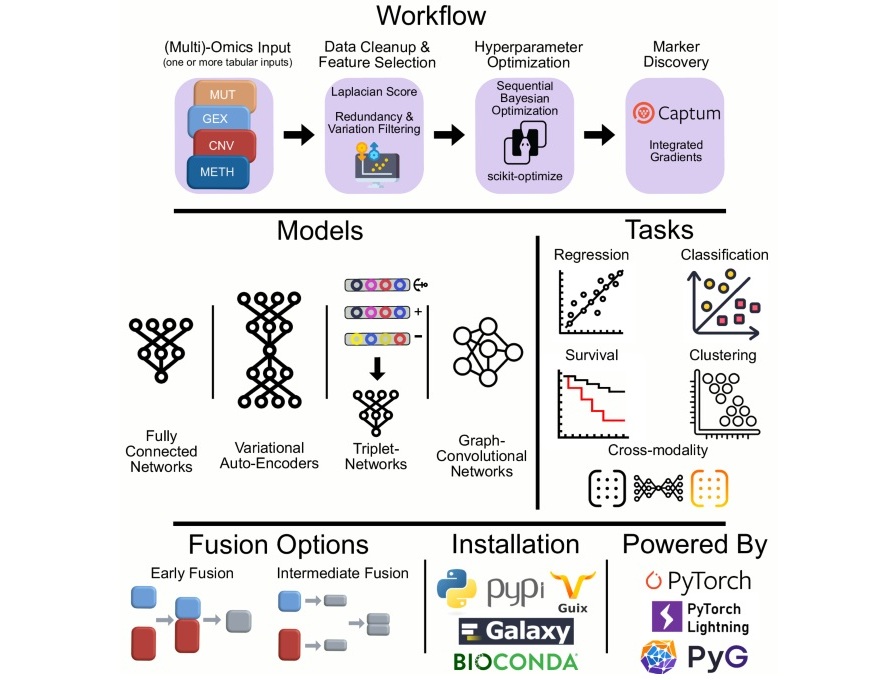
Novel Tool Uses Deep Learning for Precision Cancer Therapy
Nearly 50 new cancer therapies are approved each year, but selecting the right one for patients with highly individual tumor characteristics remains a major challenge. Physicians struggle to navigate the... Read more
Companion Diagnostic Test Identifies HER2-Ultralow Breast Cancer and Biliary Tract Cancer Patients
Breast cancer is the most common cancer in Europe, with more than 564,000 new cases and 145,000 deaths annually. Metastatic breast cancer is rising in younger populations and remains the leading cause... Read morePathology
view channel
New Microscope Promises to Speed Up Medical Diagnostics
Traditional microscopes are designed for flat samples, yet real-life specimens, such as tissue slides, are often curved or uneven. This mismatch forces researchers to rely on scanning methods or costly... Read more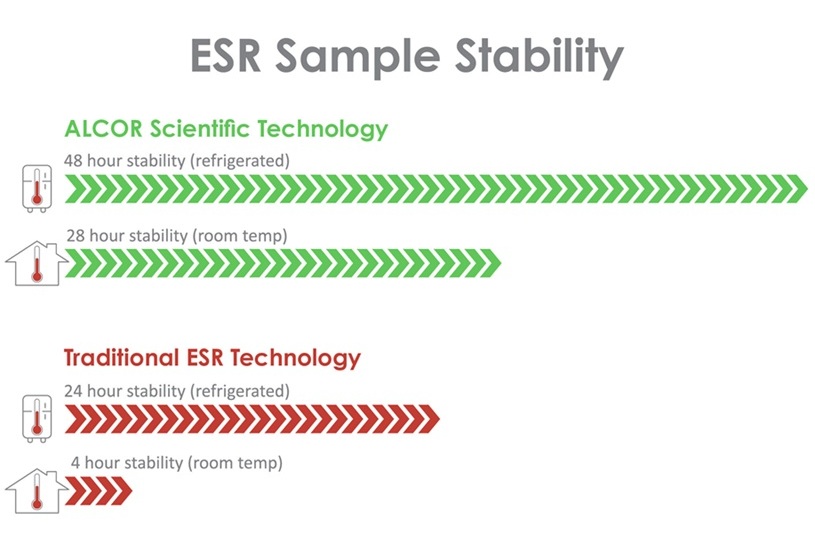
ESR Testing Breakthrough Extends Blood Sample Stability from 4 to 28 Hours
Erythrocyte sedimentation rate (ESR) is one of the most widely ordered blood tests worldwide, helping clinicians detect and monitor infections, autoimmune conditions, cancers, and other diseases.... Read moreAccurate Pathological Analysis Improves Treatment Outcomes for Adult Fibrosarcoma
Adult fibrosarcoma is a rare and highly aggressive malignancy that develops in connective tissue and often affects the limbs, trunk, or head and neck region. Diagnosis is complex because tumors can mimic... Read more
Clinicopathologic Study Supports Exclusion of Cervical Serous Carcinoma from WHO Classification
High-grade serous carcinoma is a rare diagnosis in cervical biopsies and can be difficult to distinguish from other tumor types. Cervical serous carcinoma is no longer recognized as a primary cervical... Read moreTechnology
view channel
Coral-Inspired Capsule Samples Hidden Bacteria from Small Intestine
The gut microbiome has been linked to conditions ranging from immune disorders to mental health, yet conventional stool tests often fail to capture bacterial populations in the small intestine.... Read more
Rapid Diagnostic Technology Utilizes Breath Samples to Detect Lower Respiratory Tract Infections
Respiratory tract infections (LRTIs) are leading causes of illness and death worldwide, particularly among vulnerable populations such as the elderly, young children, and those with compromised immune systems.... Read moreIndustry
view channel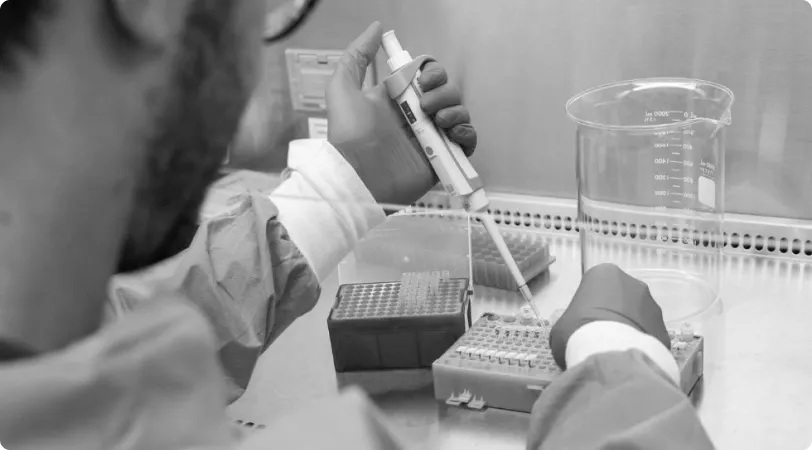
VedaBio Partners With Mammoth Biosciences to Expand CRISPR-Based Diagnostic Technologies
VedaBio (San Diego, CA, USA) has entered into a non-exclusive license agreement with Mammoth Biosciences (Brisbane, CA, USA) for the use of select CRISPR-based technologies in diagnostic applications.... Read more


















